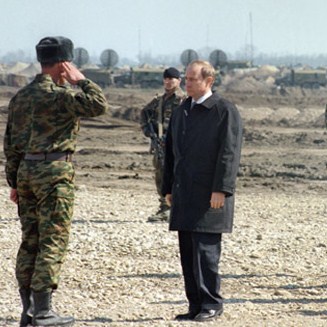In mid-March, three suspected militants were killed by Russian forces in the North Caucasus, a region that has long been a site of Islamist and separatist violence, beginning with the Chechen wars in the 1990s. In an email interview, Domitilla Sagramoso, a lecturer in security and development at King’s College London who specializes in conflict, security and development in Russia, the Caucasus and Central Asia, explained the roots of the ongoing violence in the region and the evolution of Russia’s response to it.
WPR: What is the immediate background and current extent of the insurgency in Russia's North Caucasus?
Domitilla Sagramoso: Over the past seven to eight years, terrorist violence in the Muslim republics of the Russian North Caucasus has surged at an unprecedented rate. During the late-1990s and early 2000s, most of the fighting in the region occurred between Russian federal troops and Chechen separatist forces; since the mid-2000s, the neighboring Muslim republics of Ingushetia and Dagestan have borne the brunt of the bloodshed. In these republics, attacks against high-ranking government officials, military servicemen, local policemen and religious figures occur on an almost daily basis, and have caused the deaths of hundreds of innocent civilians. Terrorist violence has also engulfed the western North Caucasian republics Kabardino-Balkaria and Karchaevo Cherkessia, although at much lower levels. Despite the declaration by Moscow of an end to counterterrorist operations in Chechnya in April 2009, violence in the republic actually increased.

